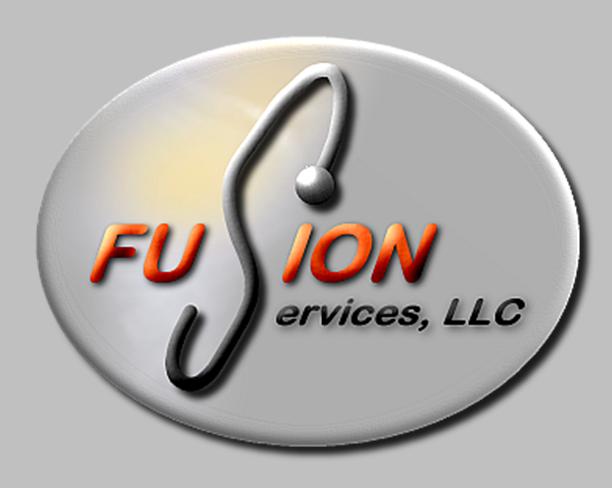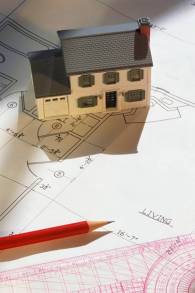
 | ||||||
Fusion Condition and Environmental Inspection Services - Mold
Condition and Environmental Inspections
Serving the Chicago Metro Area
Call or Email for Information or
to Schedule an Appointment
(703) 286-9545
mail@fusionsvc.com
"An Integrated Approach to Real Property Inspection"


Protect Your Investment and
Your Health
Have Your
Home Inspected
MOLD
Molds produce tiny spores to reproduce. Mold spores waft through the indoor and outdoor air continually. When mold spores land on a damp spot indoors, they may begin growing and digesting whatever they are growing on in order to survive. There are molds that can grow on wood, paper, carpet, and foods. When excessive moisture or water accumulates indoors, mold growth will often occur, particularly if the moisture problem remains undiscovered or un-addressed. There is no practical way to eliminate all mold and mold spores in the indoor environment; the way to control indoor mold growth is to control moisture.
It is important to dry water damaged areas and items within 24-48 hours to prevent mold growth. If mold is a problem in your home, clean up the mold and get rid of the excess water or moisture. Fix leaky plumbing or other sources of water. Wash mold off hard surfaces with detergent and water, and dry completely. Absorbent materials (such as ceiling tiles & carpet) that become moldy may have to be replaced.
Ten Things You Should Know About Mold
1. Potential health effects and symptoms associated with mold exposures include allergic reactions, asthma, and other respiratory complaints.
2. There is no practical way to eliminate all mold and mold spores in the indoor environment; the way to control indoor mold growth is to control moisture.
3. If mold is a problem in your home or school, you must clean up the mold and eliminate sources of moisture.
4. Fix the source of the water problem or leak to prevent mold growth.
5. Reduce indoor humidity (to 30-60% ) to decrease mold growth by: venting bathrooms, dryers, and other moisture-generating sources to the outside; using air conditioners and de-humidifiers; increasing ventilation; and using exhaust fans whenever cooking, dishwashing, and cleaning.
6. Clean and dry any damp or wet building materials and furnishings within 24-48 hours to prevent mold growth.
7. Clean mold off hard surfaces with water and detergent, and dry completely. Absorbent materials such as ceiling tiles, that are moldy, may need to be replaced.
8. Prevent condensation: Reduce the potential for condensation on cold surfaces (i.e., windows, piping, exterior walls, roof, or floors) by adding insulation.
9. In areas where there is a perpetual moisture problem, do not install carpeting (i.e., by drinking fountains, by classroom sinks, or on concrete floors with leaks or frequent condensation).
10. Molds can be found almost anywhere; they can grow on virtually any substance, providing moisture is present. There are molds that can grow on wood, paper, carpet, and foods.
Fusion Services, provides mold screening, full mold investigations, and remediation clearance testing using state of the art sampling equipment and techniques. We are certified by the International Association of Certified Indoor Air Quality Consultants (IAC2), and the Environmental Solutions Association (ESA). Fusion provides the most advanced and accurate mold testing available including ERMI and ARMI testing and lab analysis, immunoassy field test with immediate results for moisture intrusion indictor speciesboth non-viable and viable air, dust and direct sampling.
All Mold and Moisture Conditions are Unique
Let US Design and Exicute a Testing Protocol for Right Conditions
to Give You the Best Information Available
Call or email us today for information or to schedule an appointment.
(703) 286-9545
mail@fusionsvc.com




Aspergillis Cladosporium Penisillium Stachibotrys
Common Types of Mold

Areas Where Molds Are Most Likely To Be Found In Your House
Click to view the U.S. Environmental Protection Agency Publications in pdf format.
ERMI (Environmental Relative Moldiness Index)
What is the ERMI©?
• The ERMI© is an acronym for EPA Relative Moldiness Index.
The ERMI© is an acronym for EPA Relative Moldiness Index.
• It was developed by scientists at the USEPA to provide a straightforward, objective, and standardized way to obtain results for indoor air quality investigations.
It was developed by scientists at the USEPA to provide a straightforward, objective, and standardized way to obtain results for indoor air quality investigations.
• The EPA is developing an ERMI ranking system based on dust samples collected from homes across the United States.
The EPA is developing an ERMI ranking system based on dust samples collected from homes across the United States.
• The ERMI will help predict the moldiness of homes. Homes with high ERMI values have a greater chance of having a mold problem then homes with a low ERMI.
The ERMI will help predict the moldiness of homes. Homes with high ERMI values have a greater chance of having a mold problem then homes with a low ERMI.
• 36 different fungi make up the ERMI and are designated as Group I (those found in atypical, water damaged homes) and Group II (those commonly found in all homes)
36 different fungi make up the ERMI and are designated as Group I (those found in atypical, water damaged homes) and Group II (those commonly found in all homes)
Fusion Services Provides ERMI Sampling and Lab Analysis
Also ask about The American Relative Moldiness Index (ARMI)
ARMI is a more cost-effective version of the ERMI test, using 13 mold species instead of 36. It has about an 80% correlation with ERMI. ARMI is ideal for buildings that need more comprehensive mold information than the standard test. It can be used used in homes, offices, schools, and other buildings, public and private.

On the Spot Detection of Moisture Intrusion Indicator Species Now Available
Call for Details
Immunoassay Field Detection of Moisture Intrusion Indicator Mold Species
The detection and identification of molds which cause discomfort and disease. Following EPA guidelines, the Aspergillus/Penicillium and Stachybotrys test targets the Group 1 fungi in the Environmental Relative Moldiness Index (ERMI).
• Major (Group 1) molds detected (Asp/Pen and Stachy)
• Proven lateral-flow immunoassay technology
• Embedded RFID tags automatically provide chain of custody.
